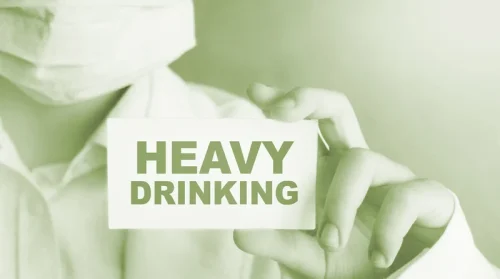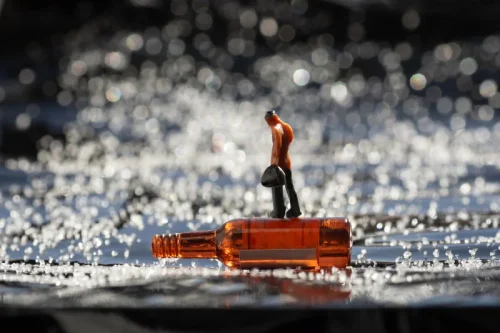Relapse prevention plan: Tips for recovery

As individuals continue along the path of recovery, there may be times where they feel tempted; it’s important to have measures in place to prevent them from sliding back into old habits. Addictive disorders are widely recognized as chronic conditions that often involve relapses. Recent studies from clinical treatments indicate that a significant majority, over two-thirds of individuals, experience a relapse within weeks to months of starting treatment. A relapse prevention planning worksheet can be helpful for those who find it difficult to write it themselves. It will give a warning and help preempt another potential slip-up and give an addict ample time to follow the relapse prevention plan when the early warning signs occur. First, recovering addicts must acknowledge that relapse is always possible.

Connect With Purpose for Recovery and Relapse Support

They can include career goals, family goals, educational goals, spiritual goals, hobbies or activities you want to explore, and more. However, if you’re serious about staying sober, it can provide structure and guidance, empowering you to manage your recovery actively. Identify people who can provide emotional and practical support when you find yourself triggered.
- Since they’ve likely been in your shoes, they may have some insight and suggestions.
- The effectiveness of cognitive therapy in relapse prevention has been confirmed in numerous studies 11.
- Relapse-prevention therapy and mind-body relaxation are commonly combined into mindfulness-based relapse prevention 30.
- The final stage of relapse occurs when an individual resumes the use of the substance.
Enhancing Healthcare Team Outcomes

For example, individuals work hard to achieve a goal, and when it is achieved, they want to celebrate. But as part of their all-or-nothing thinking, while they were working, they felt they didn’t deserve a reward until the job was done. Since they did not allow themselves small rewards during the work, the only reward that will suffice at the end is a big reward, which in the past has meant using. A setback can be any behavior that moves an individual closer to physical relapse prevention plan relapse. Some examples of setbacks are not setting healthy boundaries, not asking for help, not avoiding high-risk situations, and not practicing self-care. A setback does not have to end in relapse to be worthy of discussion in therapy.
Behavioral Couples Therapy (BCT)
- A relapse prevention plan includes various strategies and techniques, such as identifying personal behaviors, to help reduce the risk of a relapse following treatment for substance use disorder.
- As such, it is vital to have a plan for how to avoid relapse and what to do if it does happen to you.
- When the urge to use hits, remind yourself why you started down the path to recovery in the first place.
Numerous studies have shown that mind-body relaxation reduces the use of drugs and alcohol and is effective in long-term relapse prevention 28,29. Relapse-prevention therapy and mind-body relaxation are commonly combined into mindfulness-based relapse prevention 30. Individuals use drugs and alcohol to escape negative emotions; however, they also use as a reward and/or to enhance positive emotions 11. In these situations, poor self-care often precedes drug or alcohol use.

Relapse After Recovery
It involves establishing a safe space where the person in recovery can be heard and understood, without judgment or criticism. This process involves identifying the positive qualities and skills that members of the family possess, such as good communication skills, empathy, or problem-solving abilities. By leveraging these strengths, families can create a supportive environment that promotes healthy coping strategies and reduces triggers for relapse. In addition to establishing a relapse prevention plan, individuals with a substance use disorder should have a treatment plan in place. Treatment could include individual therapy, group therapy, such as AA meetings, and/or psychiatry, said Gottlich.
- Some steps in creating a relapse prevention plan include identifying triggers, developing coping strategies, establishing a support system, and learning relaxation techniques.
- Each question helps you prepare with the right tools, which helps you manage when a trigger strikes.
- This is when people are at risk of relapse, when they are unprepared for the protracted nature of post-acute withdrawal.
- Triggers can be anything from people, places, or objects that remind you of substance use.
- Recognizing early warning signs isn’t always easy but having some rare information about it could help you give it a try.
